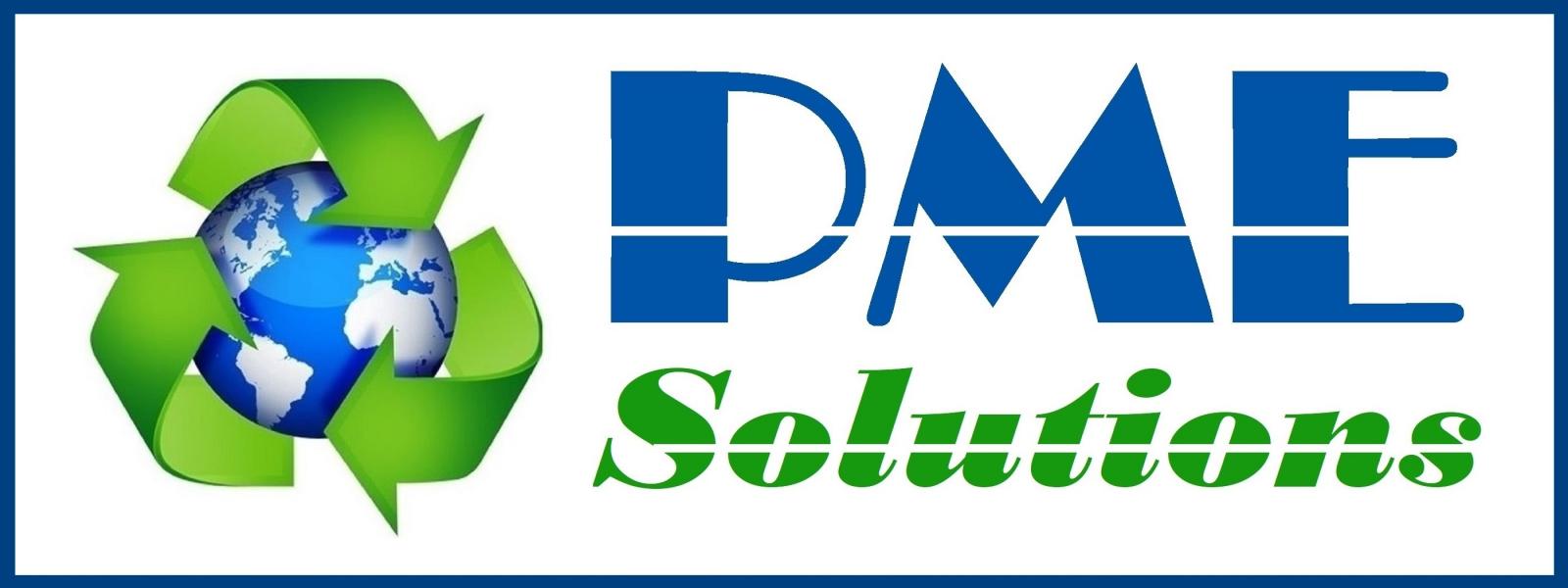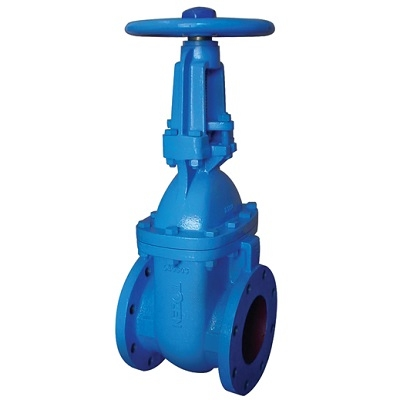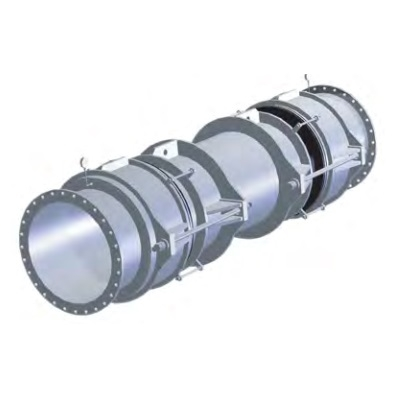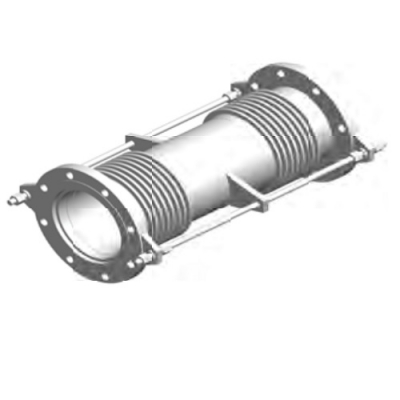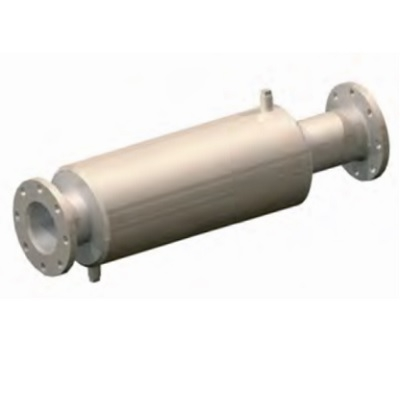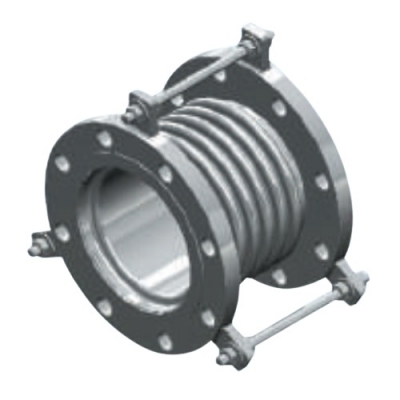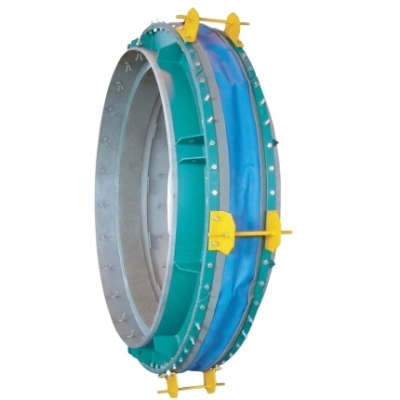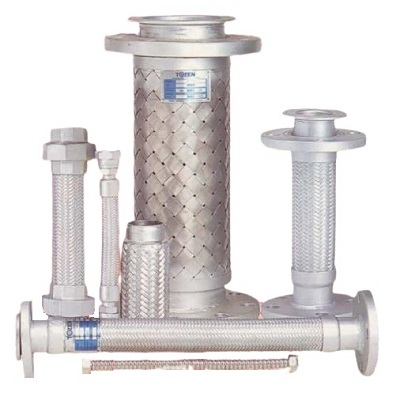
-
04/02/2023
1.What is Steam?
Steam is the gas formed when water passes from the liquid to the gaseous state. At the molecular level, this is when H2O molecules manage to break free from the bonds (i.e. hydrogen bonds) keeping them together.

-
04/02/2023
2.Principal Applications for Steam
Steam is used in a wide range of industries. Common applications for steam are, for example, steam heated processes in plants and factories and steam driven turbines in electric power plants, but the uses of steam in industry extend far beyond this. Here are some typical applications for steam in industry: Heating/Sterilization Propulsion/Drive Motive Atomization Cleaning Moisturization Humidification In the sections that follow, we will discuss various types of applications for steam, and provide some examples of steam-using equipment to illustrate them.

-
04/02/2023
3.Types of Steam
If water is heated beyond the boiling point, it vaporizes into steam, or water in the gaseous state. However, not all steam is the same. The properties of steam vary greatly depending on the pressure and temperature to which it is subject. In the article Principal Applications for Steam, we discussed several applications in which steam is used. In the sections that follow, we will discuss the types of steam used in these applications.

-
04/02/2023
4.Clean & Pure Steam
Have you considered the quality of your steam? In the production of certain goods such as food, electronics, and pharmaceutical products, a higher degree of steam quality is vital. In order to meet these needs, it would be ideal to use steam that is devoid of condensate, debris, and any other impurities (or almost so). The goal in producing filtered, clean, or pure steam is to get as close to the ideal state for each specific application as possible.

-
04/02/2023
5.Heating with Steam
Steam is one of the most common and effective heat transfer mediums used in industry, but it is not the only medium available. Other fluids such as hot water and oil are also used for indirect heating in heat exchangers. The following series of articles will focus on the advantages of using steam compared to hot water or oil for heating.

-
04/02/2023
6.Overall Heat Transfer Coefficient
The overall heat transfer coefficient, or U-value, refers to how well heat is conducted through over a series of resistant mediums. Its units are the W/(m2°C) [Btu/(hr-ft2°F)].

-
04/02/2023
7.Steam Heating Mechanism
In this article, we will first take a look at how steam provides even and rapid heating. This will be followed by a discussion about the heat transfer rate supported by experimental data comparing hot water and steam.

-
04/02/2023
8.How to Read a Steam Table
Just as a map (or GPS navigation system) is necessary when driving in a new area or a flight timetable is indispensable when taking the plane, steam tables are essential to steam users in industry. This article will introduce steam tables, pointing out the different types and offering an overview of the different elements found within them.
Expansion Joint Tozen Model JBF
Contact
Expansion Joint Tozen Model FJT
Contact
Flexible Joint Tozen SF SERIES
Contact
Copyright © 2017 Copyright by Phuc Minh Engineering Co., Ltd


